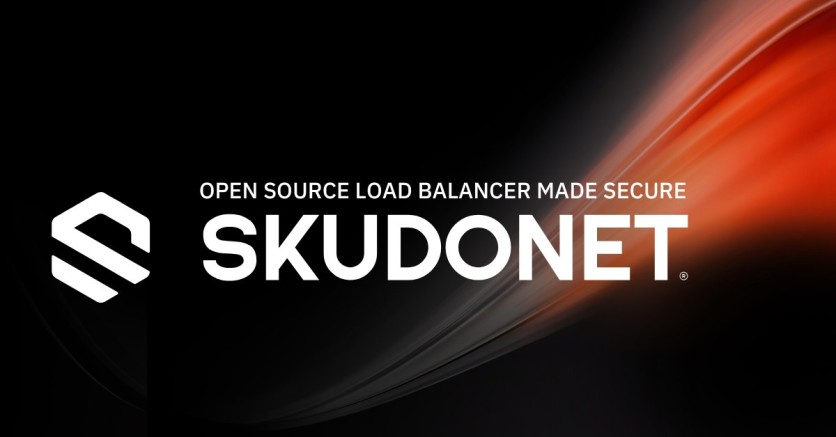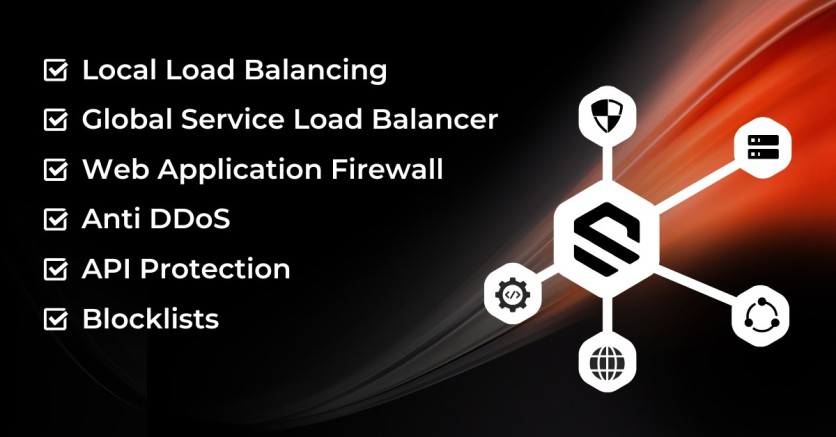
Efficient network traffic management is crucial for the performance of any organization. Load balancers are essential tools that distribute traffic across servers, preventing any single machine from becoming overloaded and ensuring applications run efficiently and without interruptions.
In this context, open source load balancers have become a popular choice due to their flexibility, lower cost, and customization capabilities. SKUDONET provides a reliable and advanced solution that combines the features of traditional commercial options with the adaptability of open-source technology, offering the perfect fit for a wide range of business needs.
Advantages of Using an Open Source Load Balancer
1. Cost-Effective
Open source load balancers allow organizations to optimize resources and reduce costs thanks to their high degree of customization. This advantage is particularly relevant for startups and small businesses, as it eliminates hidden expenses associated with proprietary vendors.
2. Flexibility
The primary strength of open source load balancers is their flexibility. Organizations can customize an open source load balancer to meet specific requirements, such as supporting different protocols (HTTP, TCP) or integrating existing tools (like monitoring systems or databases). This enables them to adjust their infrastructure as their needs evolve.
3. Transparency
Access to the source code allows businesses to audit the software and modify it according to their security and performance criteria. For instance, if a vulnerability is identified, IT teams can address the issue immediately instead of waiting for a vendor update. This is essential in environments where data security is a priority.
4. No Vendor Lock-In
By choosing an open source load balancer, organizations avoid dependence on a single vendor. This no-vendor lock-in provides the freedom to switch providers, seek better options, or adapt solutions to new technologies without facing penalties or hidden costs. This fosters greater market competition, often resulting in higher quality solutions at more competitive prices.
5. Community Collaboration
Open source load balancers typically have active communities contributing to the continuous development of the software. This translates into regular updates and quick issue resolution. For example, if a user encounters a bug, they can report it, and the community can work on a swift solution, benefiting all users.
6. Enhanced Security
Community collaboration allows security updates to be implemented quickly. Users benefit from real-time patches and improvements. Additionally, businesses can tailor solutions to specific security needs, resulting in more robust protection against threats.
Disadvantages of Using Open Source Software
1. Compatibility Issues
A common challenge is compatibility with specific hardware. For example, an open source load balancer may not function properly with certain server brands without the appropriate drivers. This can lead to additional hardware costs or time lost in configurations.
2. Usability
Although improvements have been made, some open source software may have less intuitive interfaces. This means that non-technical users might struggle to configure or manage it, potentially slowing down implementation and operations. Choosing a solution that balances power and ease of use is crucial.
3. Limited Support
Support for open source software often depends on the community, which can be inefficient in urgent situations. If a company experiences a system outage, it may not receive quick assistance. While some solutions offer technical support, it may not be as comprehensive as commercial options.
4. Need for Skilled Personnel
Managing an open source load balancer may require specialized technical skills. Small businesses, which may not have a large IT team, might need to invest in training or hire specialized talent, impacting their budget and time.
Why Choose SKUDONET?
SKUDONET combines the flexibility of open source with the security, performance, and advanced support that modern businesses require. Its scalable architecture and focus on ease of use make it a powerful alternative to closed-source solutions. With advanced features such as DDoS protection, an integrated WAF, real-time monitoring, and continuous updates, SKUDONET ensures that your infrastructure is always protected and optimized.
Community Edition:
A free open source load balancer designed for the community. It includes essential load-balancing functionalities and an integrated WAF with key features for basic environments. Ideal for personal projects, test environments, and small deployments. Support is provided through the community through forums and open documentation.
Enterprise Edition:
A business-grade solution designed for critical environments requiring advanced security features, automatic scalability, and specialized technical support. Its optimized architecture efficiently handles high traffic volumes, providing stable performance across physical, virtualized, and cloud infrastructures.

Overcoming Open Source Limitations
Technical Support
While the Community Edition offers support through an active forum with community contributions, the Enterprise Edition provides specialized technical support that rivals leading commercial products. Custom support plans include 8x5 or 24/7 assistance, ensuring direct expert help to resolve incidents quickly and efficiently.
Advanced Security
Both versions include an integrated Web Application Firewall (WAF), but the Enterprise Edition takes security a step further. Its WAF features artificial intelligence for threat detection, advanced DDoS protection, real-time blacklists, and intelligent traffic filtering, among other functions. Additionally, the product receives continuous updates, ensuring it remains at the forefront of security.
Intuitive Interface
Both the Community Edition and Enterprise Edition of SKUDONET feature a graphical interface designed to simplify management. However, the Enterprise Edition enhances the user experience with advanced management and real-time monitoring tools, facilitating operations in business environments.
Compatibility and Flexibility
SKUDONET Community Edition is a flexible and free option, ideal for development environments or small projects. In contrast, the Enterprise Edition is compatible with deployments on physical hardware, on-premise setups, and major private and public clouds (AWS, Azure), offering unrestricted scalability for enterprise infrastructures.
Choosing a well-supported open source load balancer is essential for the efficiency of any organization's network infrastructure. SKUDONET provides a robust solution that combines the best of open source with the support of commercial solutions.




